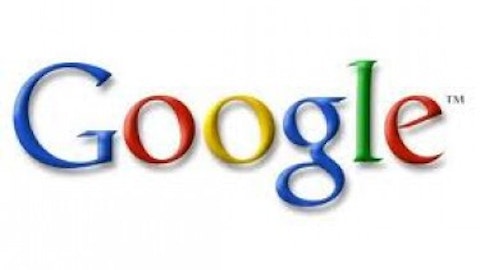On this day in economic and business history…
At the tail end of 1974, close friends Bill Gates and Paul Allen first learned about the Altair 8800 microcomputer, built by MITS out in New Mexico. The young programmers saw an opportunity to make that bare-bones hobby kit useful by creating a BASIC interpreter for its users, which would allow Altair owners to use the popular programming language on their new toy right out of the box (or close to it). The pair traveled to New Mexico — Gates abandoned his degree progress at Harvard for the opportunity — to work alongside the Altair’s creators. To capitalize on their new business, Gates and Allen formed Microsoft Corporation (NASDAQ:MSFT) in Albuquerque on April 4, 1975.
Paul Allen would later recount the race to complete BASIC and gain the business it would create in Idea Man, an autobiography excerpted in Vanity Fair in 2011:
Some have suggested that our Altair BASIC was remarkable because we created it without ever seeing an Altair or even a sample Intel Corporation (NASDAQ:INTC) 8080, the microprocessor it would run on. What we did was unprecedented, but what is less well understood is that we had no choice. The Altair was little more than a bare-bones box with a CPU-on-a-chip inside. It had no hard drive, no floppy disk, no place to edit or store programs. …
By late February, eight weeks after our first contact with MITS, the interpreter (which would save space by executing one snippet of code at a time) was done. Shoehorned into about 3,200 bytes, roughly 2,000 lines of code, it was one tight little BASIC — stripped down, for sure, but robust for its size. No one could have beaten the functionality and speed crammed into that tiny footprint of memory: “The best piece of work we ever did,” as Bill told me recently. And it was a true collaboration. I’d estimate that 45 percent of the code was Bill’s, 30 percent Monte’s, and 25 percent mine, excluding my development tools.
In Microsoft’s first year of operation, its primary business model involved selling something like this…

Source: Wikipedia.
…to be fed into this:

Source: Wikipedia.
That’s right — the first Microsoft software came on a roll of paper tape and made a bunch of red lights blink on and off. For the first few months of its existence, it wasn’t even Microsoft yet, but “Micro-Soft,” hyphenated to better highlight the fact that it was software for microcomputers. Once MITS accepted Gates and Allen’s BASIC, the new company quickly secured its first license from NCR Corporation (NYSE:NCR). However, revenue was pretty minuscule in Microsoft’s first year, and the three-man operation (Ric Weiland had joined the company after its formation in Albuquerque) banked only about $16,000.
Over the next few years, Microsoft Corporation (NASDAQ:MSFT) would port BASIC to other popular machines as they entered the market, most notably the Apple Inc. (NASDAQ:AAPL) II. This began a decades-long relationship between the two tech giants that would offer fodder for (quite possibly) millions of articles, numerous books, and even a movie or two. In fact, some of Microsoft Corporation (NASDAQ:MSFT)’s early software successes were developed for Apple Inc. (NASDAQ:AAPL), including Applesoft BASIC, licensed for a flat fee of $21,000. When the Apple Inc. (NASDAQ:AAPL) II became a monster hit, Gates realized that per-use licenses would probably be more profitable — Applesoft BASIC generated only about $0.02 per machine for Microsoft.
1981 would be the year that put Microsoft Corporation (NASDAQ:MSFT) on the map for good. That year, International Business Machines Corp. (NYSE:IBM) launched the PC, for which Microsoft had provided MS-DOS, the operating system that would spread across the world as IBM machines were cloned by a wide range of upstarts. MS-DOS was essentially an adaptation of the dominant early operating system, CP/M, which worked well with the Intel Corporation (NASDAQ:INTC) chips IBM had used in its PCs. As IBM was offering both operating systems with the PC but selling MS-DOS at a much lower price, Microsoft Corporation (NASDAQ:MSFT) soon overtook its competition and became the de facto standard PC operating system.

